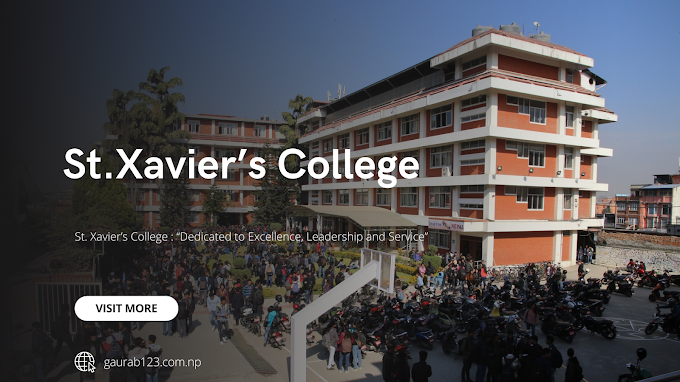The Health and Physical Education curriculum for SEE 2081, conducted by the National Examination Board (NEB) of Nepal, emphasizes holistic development. It covers topics such as personal and community health, nutrition, disease prevention, physical fitness, and sports education. The exam tests students' theoretical knowledge and practical understanding, requiring both memorization and application.
The 2081 exam followed the standard format, with a mix of objective, short-answer, and long-answer questions. The solutions provided offer a clear path to understanding the correct responses and the reasoning behind them, making this article a valuable resource for post-exam analysis and future preparation.
Preparation Tips for Future Exams
Using the SEE 2081 solutions as a guide, here are some preparation strategies for future Health and Physical Education exams:
1. Understand the Syllabus: Focus on the six key areas outlined above. Use the NEB syllabus to ensure all topics are covered.
2. Practice with Solutions: Review the provided solutions to understand the expected answer format. Pay attention to how answers are structured, especially for long-answer questions.
3. Incorporate Practical Learning: Engage in physical activities to better understand fitness concepts. For example, try different exercises to grasp their benefits firsthand.
4. Stay Updated on Health Issues: Read about current health challenges in Nepal, such as dengue outbreaks or air pollution, to enrich answers on community health.
Time Management: During the exam, allocate time based on marks. For instance, spend 10-12 minutes on a 5-mark question to ensure detailed responses.
Conclusion
The SEE 2081 Health and Physical Education exam solutions serve as a roadmap for students aiming to master this subject. By analyzing the solutions, students can identify their strengths, address weaknesses, and prepare effectively for future exams. The emphasis on practical application, clear explanations, and alignment with the curriculum makes these solutions an invaluable resource.
For students, the key takeaway is to approach Health and Physical Education with a balance of theoretical knowledge and real-world application. Teachers and parents can use this guide to support students in building a strong foundation in health literacy and physical well-being, contributing to their overall development.















If you have any doubts, Please let me know